To install the cordova command-line tool, follow these steps:
First of all go through the Cordova Document
For Cordova command-line tools to work, you need to include the SDK's tools and platform-tools directories in your PATH environment. On Mac, you can use a text editor to create or modify the ~/.bash_profile file, adding a line such as the following, depending on where the SDK installs:
export PATH=${PATH}:/Development/adt-bundle/sdk/platform-tools:/Development/adt-bundle/sdk/tools
Next Steps:
Download and install Node.js from Here. Following installation, you should be able to invoke node or npm on your command line.
Install the cordova utility. In Unix(Mac), prefixing the additional sudo command may be necessary to install development utilities in otherwise restricted directories:
For Mac $ sudo npm install -g cordova
once successful installation of cordova is done ,now you can create your application
across all the platforms.
Create the Cordova Application
Go to the directory where you maintain your source code, and run a command such as the following:
$cordova create hello com.example.hello CordovaDemo
hello is the directory where you want to create your application
com.example.hello is the package name
CordovaDemo is the name of the Application
Once Successful creation of your project, some file will be created inside the directory i.e hello
Add Platforms
All subsequent commands need to be run within the project's directory, or any subdirectories within its scope:
$ cd hello
Now you need to specify a set of target platforms, Supported OS for Mac
$ cordova platform add android
plz tell me if you are still having problem.
[Error: The command `android` failed. Make sure you have the latest Android SDK installed, and the `android` command (inside the tools/ folder) added to your path. Output: ]
You just need to install the Latest version of Android i.e 4.3
Go to SDK Manager and install the latest SDK Platform.
And try run the command again.

Hope this will help you.






